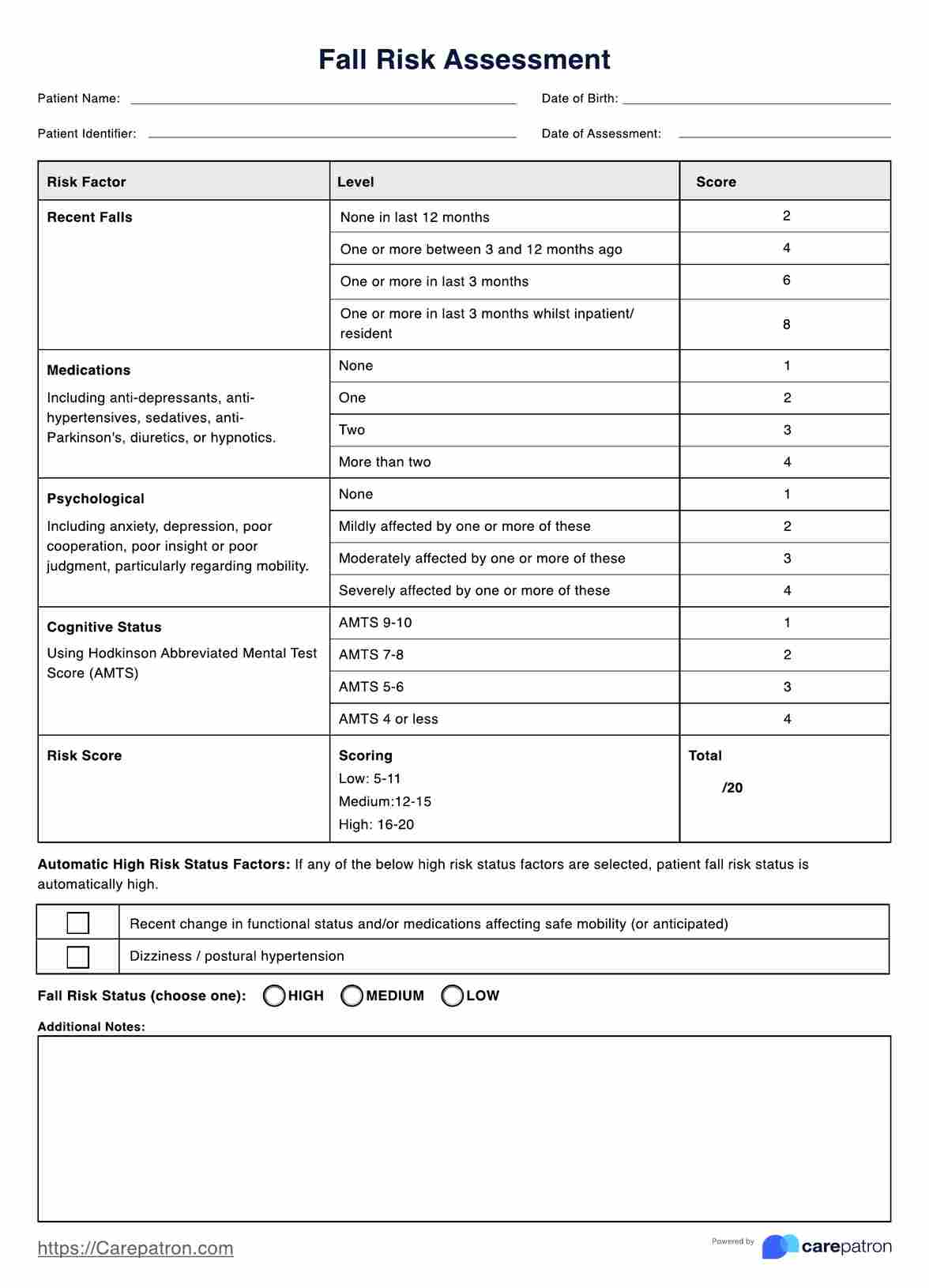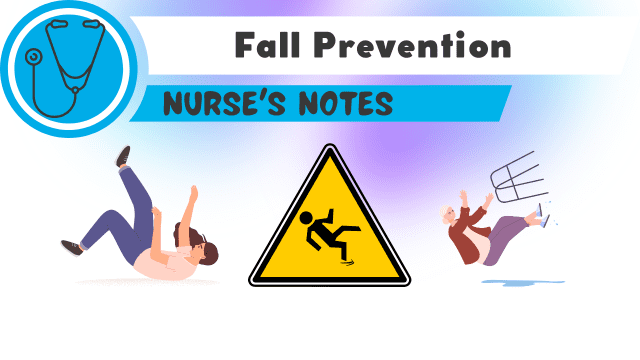The Greatest Guide To Dementia Fall Risk
Some Known Incorrect Statements About Dementia Fall Risk
Table of ContentsThe Facts About Dementia Fall Risk RevealedGetting The Dementia Fall Risk To WorkGet This Report about Dementia Fall RiskGet This Report on Dementia Fall Risk
A fall risk analysis checks to see exactly how likely it is that you will fall. It is primarily done for older adults. The evaluation normally includes: This consists of a collection of questions regarding your general health and if you've had previous falls or problems with equilibrium, standing, and/or strolling. These tools evaluate your stamina, equilibrium, and gait (the method you walk).STEADI includes testing, evaluating, and treatment. Treatments are recommendations that might lower your danger of dropping. STEADI consists of 3 actions: you for your danger of succumbing to your danger factors that can be boosted to attempt to stop drops (as an example, equilibrium troubles, impaired vision) to minimize your threat of dropping by making use of reliable approaches (for instance, providing education and learning and resources), you may be asked numerous concerns consisting of: Have you fallen in the past year? Do you really feel unstable when standing or strolling? Are you fretted about falling?, your supplier will certainly test your toughness, balance, and gait, using the complying with fall evaluation tools: This test checks your stride.
You'll sit down once again. Your copyright will certainly examine for how long it takes you to do this. If it takes you 12 secs or more, it may indicate you are at higher threat for an autumn. This test checks toughness and balance. You'll rest in a chair with your arms went across over your chest.
The settings will certainly obtain harder as you go. Stand with your feet side-by-side. Relocate one foot halfway onward, so the instep is touching the big toe of your other foot. Move one foot totally before the various other, so the toes are touching the heel of your other foot.
The Of Dementia Fall Risk
The majority of drops occur as a result of several contributing elements; for that reason, managing the danger of dropping starts with identifying the aspects that add to fall danger - Dementia Fall Risk. A few of one of the most appropriate threat elements include: History of prior fallsChronic medical conditionsAcute illnessImpaired stride and equilibrium, lower extremity weaknessCognitive impairmentChanges in visionCertain high-risk drugs and polypharmacyEnvironmental elements can also boost the danger for drops, consisting of: Poor lightingUneven or harmed flooringWet or unsafe floorsMissing or harmed handrails and order barsDamaged or poorly fitted equipment, such as beds, wheelchairs, or walkersImproper use assistive devicesInadequate guidance of individuals living in the NF, consisting of those that display hostile behaviorsA successful fall threat monitoring program requires a comprehensive professional analysis, with input from all members of the interdisciplinary group

The care strategy ought to additionally consist of interventions that are system-based, such as those that promote a safe setting (ideal lighting, handrails, order bars, and so on). The performance of the treatments need to be assessed occasionally, and the treatment plan changed as essential to reflect adjustments in the autumn threat assessment. Implementing an autumn threat management system using evidence-based ideal technique can minimize the occurrence of falls in the NF, while restricting the capacity for fall-related injuries.
Getting The Dementia Fall Risk To Work
The AGS/BGS guideline advises screening all grownups matured 65 years and older for autumn threat every year. This testing contains asking people whether they have fallen 2 or even more times in the previous year or sought medical interest for a loss, or, if they have actually not dropped, whether they feel unstable when walking.
Individuals who have dropped as soon as without injury needs to have their equilibrium and stride examined; those with gait or balance problems must receive extra evaluation. A history of 1 loss without injury and without gait or equilibrium troubles does not require further assessment beyond continued annual loss risk screening. Dementia Fall Risk. An autumn danger assessment is needed as part of the Welcome to Medicare assessment

The Ultimate Guide To Dementia Fall Risk
Documenting a drops history is one of the high quality indicators for fall avoidance and management. copyright drugs in certain are independent predictors of drops.
Postural hypotension can frequently be minimized by minimizing the dose of blood pressurelowering drugs and/or quiting medicines that have orthostatic hypotension as an adverse effects. Use above-the-knee support tube and copulating the head of the bed elevated may also decrease postural decreases in high blood pressure. The recommended aspects of a fall-focused checkup are displayed in Box 1.

A Yank time better than or equal to 12 secs recommends high fall threat. Being unable to stand up from view a chair of knee height without utilizing one's arms indicates boosted fall risk.